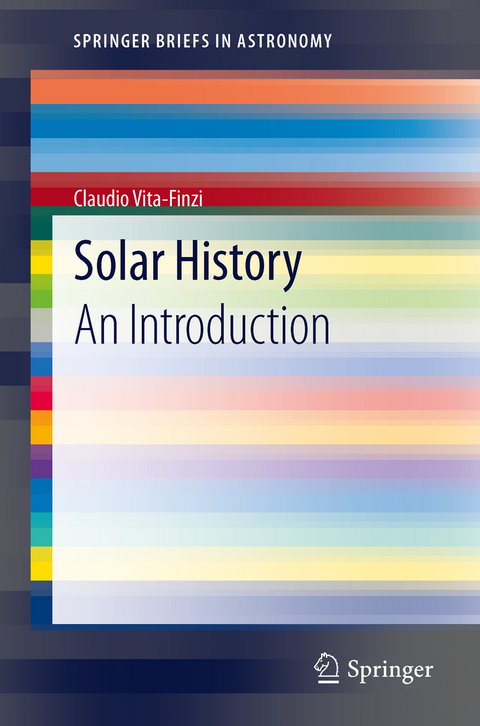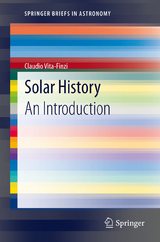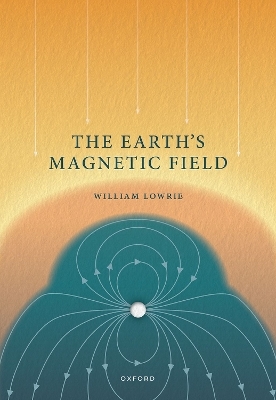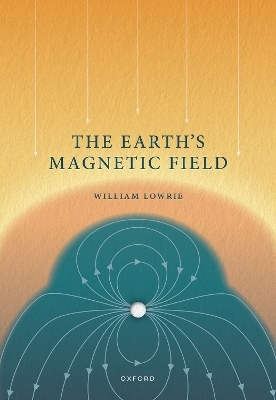Solar History
Beyond the four centuries of sunspot observation and the five decades during which artificial satellites have monitored the Sun – that is to say for 99.99999% of the Sun’s existence – our knowledge of solar history depends largely on analogy with kindred main sequence stars, on the outcome of various kinds of modelling, and on indirect measures of solar activity. They include the analysis of lunar rocks and meteorites for evidence of solar flares and other components of the solar cosmic-ray (SCR) flux, and the measurement of cosmogenic isotopes in wood, stratified ice and marine sediments to evaluate changes in the galactic cosmic-ray (GCR) flux and thus infer changes in the sheltering magnetic fields of the solar wind. In addition, shifts in the global atmospheric circulation which appear to result from cyclic fluctuations in solar irradiance have left their mark in river sediments and in the isotopic composition of cave deposits. In this volume the results these sources have already produced have been summarised, paying special attention to those that reflect processes in different parts of the Sun’s interior and that display periodicities and trends which may enable us to forecast future large-scale environmental changes.
Claudio Vita-Finzi was educated in Argentina and the UK, where he obtained his MA, PhD and ScD at Cambridge University. He was a Research Fellow at St John’s College, Cambridge, 1961-4, and was then Lecturer, Reader, and Professor (personal Chair in Neotectonics) in Geography, then in Geological Sciences, at University College London 1964-2001, and he has been a Scientific Associate in the Dept. of Mineralogy of the Natural History Museum, London, since 2001. He was awarded the Paul Fourmarier Medal by the Geological Society of Liege, Belgium, in 1992 and the G K Warren Prize of the US Academy of Sciences in 1994. He was elected to the American Philosophical Society in 1997. He has published over 140 papers on geology, geomorphology and planetary science and 7 single-author books of which the latest was The Sun, a User’s Manual (Springer, 2008).
Preface.- 1. Introduction.- 2. Origins.- 3. The young Sun.- 4. Isotopes and ice cores.- 5. Cosmogenic radiocarbon.- 6. The solar cycle.- 7. Solar rotation.- 8. Contemporary history.- 9. The Lessons of History.- Index.
| Reihe/Serie | SpringerBriefs in Astronomy |
|---|---|
| Zusatzinfo | 28 Illustrations, color; 3 Illustrations, black and white; X, 90 p. 31 illus., 28 illus. in color. |
| Verlagsort | Dordrecht |
| Sprache | englisch |
| Maße | 155 x 235 mm |
| Themenwelt | Naturwissenschaften ► Geowissenschaften ► Geophysik |
| Naturwissenschaften ► Geowissenschaften ► Meteorologie / Klimatologie | |
| Naturwissenschaften ► Physik / Astronomie ► Astronomie / Astrophysik | |
| Schlagworte | Cosmogenic istotopes • Global atmospheric circulation and jet stream • Paleoclimatology • Solar corona and solar flares • Solar cosmic-ray flux • solar wind • Sun's interior • Sun spots and solar activity |
| ISBN-10 | 94-007-4294-0 / 9400742940 |
| ISBN-13 | 978-94-007-4294-9 / 9789400742949 |
| Zustand | Neuware |
| Haben Sie eine Frage zum Produkt? |
aus dem Bereich




